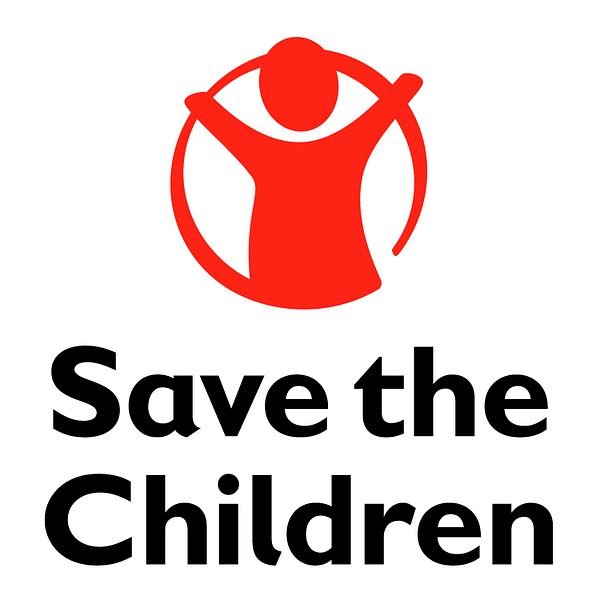Blog post -
Disaster responders work through the holidays to help children and families
By Nick Finney, Humanitarian Director, Asia, Save the Children
I’m on my way to spend some time with our emergency response team in Mindanao, the Philippines. They’ve been working tirelessly since typhoon Bopha hit the coastline of the country. On the plane I’m looking at the latest official report on the damage. I notice that it’s quite a thick one, some 30 pages. It’s normal to do some last minute briefing on your way to a disaster zone but I’m taken aback when I get a few pages in to realise that it contains a 20 page list of those killed since the storm landed. A list of over a thousand people: their name, where they lived, what is known about how they died. Plus over 800 are still missing. It’s a roll-call of climate change.
When you’re a disaster responder you get hardened to the numbers. The millions affected. The roofs blown away. The roads broken. The schools closed. The food and water needed. You have to be hardened and focus on what has to be done. But sometimes something takes you by surprise and reminds you of the human story. Reading the names you start to imagine. Were they a mother? a schoolboy? A grandfather? What did they do for a living? Who did they leave behind?
But I will never know those who are lost. I turn the thoughts aside as the plane lands and travel to join our team who have been working so tirelessly for the last two weeks.
Arrival at Compostela Valley
It looks like a giant hoover was taken to the landscape. It was a very strong typhoon. Roofing material and debris are still strewn everywhere as the massive clean-up continues. Trees stripped of their branches or simply picked up and thrown. The local authorities have setup a command post in the main town to organise the relief effort. I speak to the incident commander. We have to tell them what we’ve delivered and where so that they have the big picture of what’s still needed for people recovering from the typhoon. She’s upbeat for someone who’s probably grabbed only a few hours sleep per night for the last two weeks. She tells me “sometimes we have floods so we know what to do in a disaster but we haven’t experienced anything like this before”. People like her are heroes.
We have to get to a remote area in the mountains for a distribution. It’s been raining hard and the dirt road has dissolved. We have to get 500 packs of hygiene items along a 10 km strip of mud. The truck cannot continue further so after discussion with the head of the village, seven motorbikes are gathered. They have platforms that can carry a finely balanced load. We take the relief packs from the truck and load them onto the motorbikes in bundles. They gradually wheel-spin their way up the winding track. It takes a long time and several runs back and forth with the bikes. It’s become a difficult distribution taking the whole day.
At the remote mountain village where we distribute people are happy and excited that the Save the Children team managed to get to them. The place is a mess and will need a lot of support to recover because this is an agricultural area growing banana, coconut and other crops. The electric lines are still down. It’s only the second relief distribution in their village. The first was a small amount of food delivered just after the storm over a week ago. Night is approaching and the rain starts again sending people running for cover. We’ll be back with plastic sheeting to repair houses and patch up missing roofs as soon as we can. The ‘thank-you’s from the people keep the team going.
Topics
- Children, Child care
Categories
- evacuation centres
- save the children
- save the children in the philippines
- typhoon bopha
- shelter
- climate change
